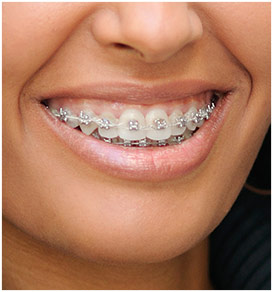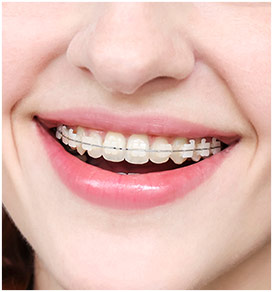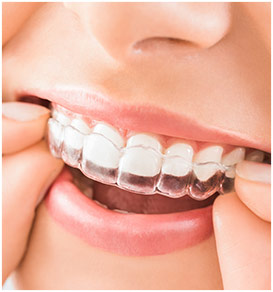When a tooth is cracked, broken or has an aesthetic issue, a crown is often placed over it. A crown is simply a tooth-colored cap that fits over the affected tooth. It restores strength and full function of the tooth.
There are situations in which dentists may recommend increasing the length of a crown. For example, this is a common recommendation for patients with “gummy” smiles. When this procedure is performed, a dentist or periodontist may re-contour the gum and even bone to expose more of the tooth’s surface to securely fit a crown. While it is a safe procedure when performed correctly, there are some risks that should be addressed.
Sensitivity
If you’ve ever experienced tooth sensitivity, you know the feeling. When more of the tooth is exposed, you may have more sensitivity to either hot or cold. For most patients, this is temporary; however, it may be permanent.
Bleeding
Crown lengthening is considered oral surgery which involves bleeding. It typically lasts about an hour following the surgery; however, some patients experience bleeding for longer time periods. If this happens, oral surgeons provide coagulants to help stop this complication.
Risk of Infection
As with any surgery, there is a risk of infection which may affect the tissue or the bone if not treated. This may be due to poor dental hygiene during the recovery or messing with the incisions. Patients may have an infection if they experience the following symptoms: redness, excessive pain, fever, severe swelling or discolored gum tissue. Some of the symptoms are common with surgery, but if they do not resolve themselves or get worse, it is important to call the doctor’s office to check for infection.
Ineffective Procedure
If the procedure is not performed by an experienced dental professional, crown lengthening may result in an ineffective procedure. This happens if the crown is not placed on the tooth securely or the tooth is loose. With an unsuccessful crown lengthening, the outcome may be tooth extraction or make it difficult to place an implant.
Longer Looking Tooth
Immediately following the procedure, the new crown may appear longer than the others. Once the healing process completes and any sensitivity greatly diminishes, the dentist can correct the appearance of the tooth to make it blend with the other surrounding teeth.
Successful Results
Crown lengthening can create or restore a beautiful, confident smile when performed by a qualified professional. The associated risks are easily minimized and preventable when following the directions provided by the professionals performing the procedures. For anyone considering crown lengthening, it is imperative to consult with a qualified dental professional such as an oral surgeon or periodontist.







